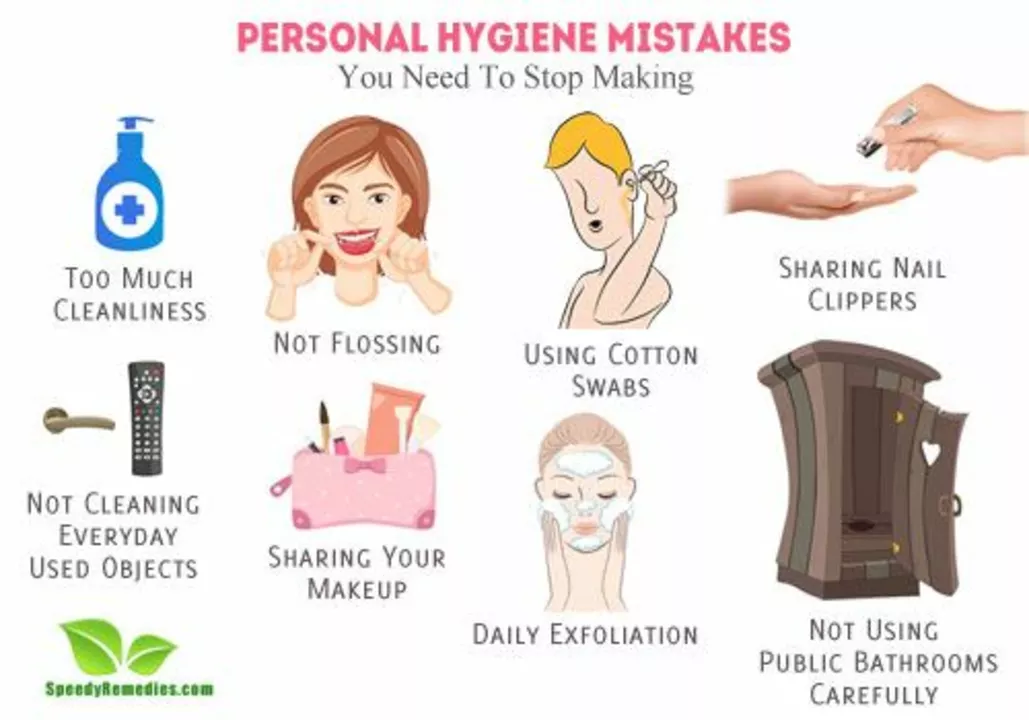Ear canal infections: what they are and how to handle them fast
Ear canal infections (otitis externa or “swimmer’s ear”) are common and annoying. They usually start after water, trauma from cotton swabs, or skin problems. Most are bacterial, some are fungal, and many clear quickly if you treat them the right way.
Typical signs include sharp ear pain, itching, a smelly or colored discharge, and muffled hearing. Pressing the small flap in front of the ear (the tragus) or pulling the earlobe often hurts. If your ear feels full and you get sudden pain when you touch it, that’s a classic sign.
People who swim a lot, use hearing aids, wear ear buds, or clean ears with cotton swabs are more likely to get this. Skin conditions like eczema, recent ear surgery, diabetes, and weak immune systems raise the risk and can make infections worse.
Treatment and home care
If symptoms are mild, you can start simple care at home. Keep the ear dry — no swimming and avoid showers that spray the ear. Over-the-counter pain relievers like acetaminophen or ibuprofen help with pain. Try gently drying the ear with a towel and tilt your head to let water drain.
Most bacterial ear canal infections need prescription ear drops that combine an antibiotic and often a steroid to reduce inflammation. If a doctor suspects a ruptured eardrum, they’ll avoid certain drops and choose safer options. Fungal infections (otomycosis) need antifungal drops and sometimes a cleaning visit to remove debris.
How to use drops: warm the bottle in your hand for a few minutes, tilt your head or lie on your side, put the correct number of drops, then stay still for 5–10 minutes so drops reach deep into the canal. Wipe away excess with a clean tissue. Don’t use cotton swabs inside the ear.
When to see a doctor now
Get medical help if you have fever, severe pain, spreading redness or swelling around the ear, sudden big hearing loss, or if you’re diabetic or immunocompromised. Also see a clinician if symptoms don’t improve after 48–72 hours of treatment or if you notice a lot of bloody or foul-smelling discharge.
Often the clinic will gently clean the ear first. That makes drops work much better. If you get frequent infections, a clinician may check for narrow ear canals, skin disease, or recommend protective ear plugs for swimming.
Prevention is simple: dry ears after water exposure, use a hair dryer on low at arm’s length, skip cotton swabs, and treat chronic ear or skin problems. A homemade mix of one part white vinegar to one part rubbing alcohol can help dry and acidify the ear after swimming — but talk to your doctor before trying this if you have ear pain, drainage, or a history of ruptured eardrum.
If you’re unsure about your symptoms, call your clinician. Quick care usually brings fast relief and keeps a short-term problem from becoming serious.

How to Prevent Ear Canal Infections While Traveling
During my travels, I've discovered a few essential tips to prevent ear canal infections. First, keep your ears dry by using a soft towel or a hairdryer on a low setting after swimming or showering. Second, avoid using cotton swabs or inserting any objects into your ear canal, as it can cause irritation or push debris further in. Third, consider wearing earplugs while swimming in public pools or unclean water to protect against bacteria. Lastly, maintain good ear hygiene by cleaning the outer ear with a damp cloth, but never insert anything into the ear canal. Safe travels and healthy ears!
Detail




